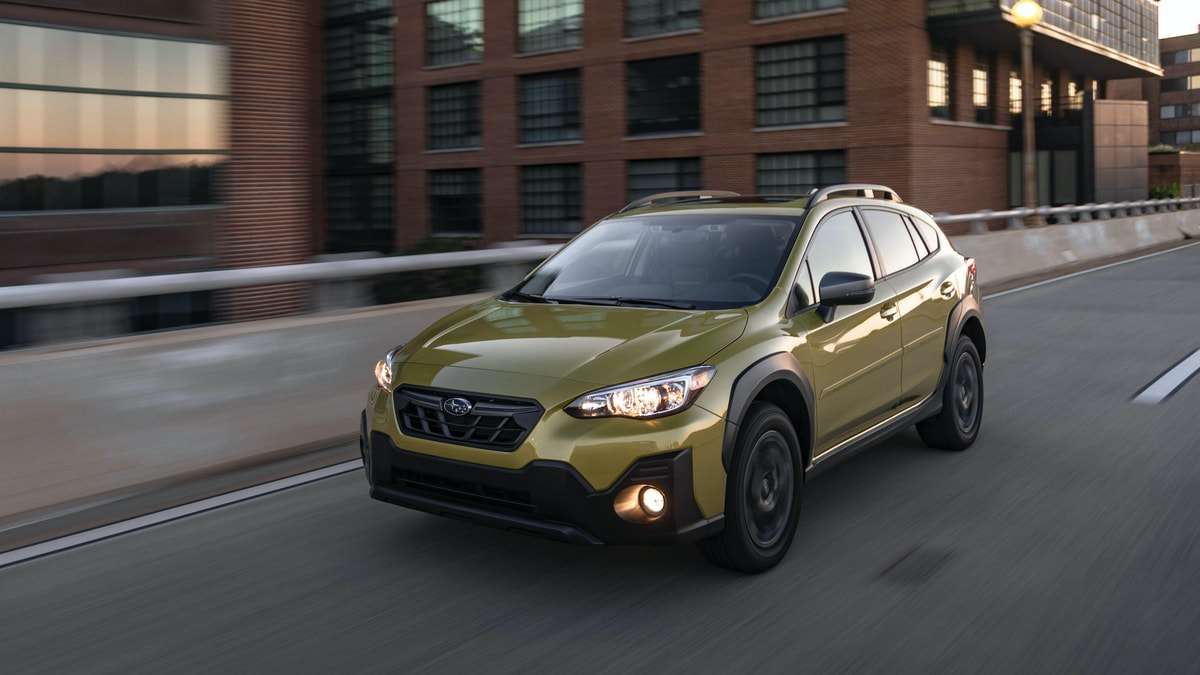NHTSA ODI has opened a formal preliminary evaluation into unexpected braking after 354 complaints have been submitted over the past nine months
As expected looking into 2021+ Models 3 and Y
It was only a matter of time. I’m anxiously waiting for a new CR report of 3/Ys that touches on AP again in same way (on a newer vision only car). There’s definitely a chance they will encounter something but who knows. Maybe they’ll get lucky.



